Benton Hanner was determined not to spend any money on his 5th grade roller coaster project. With recycled cardboard, foam and the use of a 3D printer, he successfully built a Star Wars-themed rollercoaster and paid “zero dollars” for it.
Called “Into the Night,” this rollercoaster features a marble riding down a track supported by 3D printed, plastic pillars. At the end of this thrilling ride, the marble lands in a spaceship built of Legos. 
Benton came up with the entire project idea himself, but he couldn’t have done it without access to the 3D printer at the Region 14 Service Station – a maker space full of building materials and machines for students in the Big Country. This center, along with several others in the Abilene area, allows students like Benton and even adults to use advanced technology to build their own creations.
The Maker Lab at Abilene Christian University was the first of its kind in the city, setting the stage for other maker spaces at libraries, the Region 14 Service Station, the three new Abilene ISD elementary schools and LIFT center. These places not only allow people to use technology they otherwise couldn’t afford, they also bring people together to collaborate on projects and learn with their hands.
ACU MAKER LAB
Since it is available for anyone in the community to use, the ACU Maker Lab was the perfect place for Benton Hanner, a Wylie ISD student going, to expand his love for 3D printing. He made a plastic frog to use as a prop for his school play this year.
“I was our team’s official 3D-printer-guy,” Benton said.
For adults, Benton said the 3D printer could be useful for making things like paper weights, household objects, or custom rocks for a pet lizard. And that’s pretty much what people make there, according to Darren Wilson, Maker Lab director. He said he’s seen people make anything from class projects to household furniture to Etsy products.
“You’ll see a retired person from the community working side-by-side with an engineering student,” Wilson said. “There’s a handful of people with Etsy stores, and that’s good exposure to small businesses for our students.”
Wilson has worked at the ACU Maker Lab since 2016, and before that, he worked at the high school level helping the Guthrie School District start a maker space. At the time, there were no other high schools he knew of that had maker spaces. ACU was one of the first universities to build one, and over the years, the space has expanded in both square footage, the amount of equipment and the amount of students using it.
The equipment ranges from highly technical to more simple. High tech equipment like vinyl cutters, laser cutters, 3D printers, and a CNC router allow builders to work with plastic, signage, and plywood. Other more common tools include sewing and embroidery machines, electronic equipment for building motion control lights or bluetooth speakers, hand tools like screwdrivers, and even an old fashioned movable type printing press. 
“Our student workers are our most precious resource,” Wilson said.
With 18 student workers and at least three on any given shift, the Maker Lab can offer assistance to anyone who walks in. Even if someone doesn’t know how to use the equipment or what they want to build, the student workers can walk them through safe use of the technology.
“The ‘maker movement’ is a transition from the ‘do-it- yourself ’ projects to ‘do-it-together,’” Wilson said. “Three people can create something that one person by themselves couldn’t.”
A perfect example of this took place when a group of alumni used the Maker Lab to build a coffee stand for their mobile coffee shop. As they were creating it out of wooden materials, a computer engineering student who was in the lab offered an idea. What if they added LED lights to make the coffee stand glow? Wilson said it was the kind of thing they wouldn’t have thought of on their own, but the help of another person with a different perspective made their project come to life.
REGION 14 SERVICE CENTER
Located off Highway 351 near the north side WalMart, the Region 14 Service Station was the maker space that opened Benton Hanner’s eyes to 3D printing. His 3rd grade class took a field trip to the space as part of their zoology lesson. They were given 3D printed animals for which they had to create a habitat out of various craft materials and film a video about in a special studio room.
Christy Cate, digital innovation consultant for Region 14, said Benton’s class is just one example of the kind of immersive, hands- on lessons students learn there. She helped design the Region 14 Service Station adjacent to the Region 14 Education Service Center, the state-funded administrative center that supports new learning initiatives for 43 school districts in the Big Country.
“Region 14 Service Center has always been about professional development for teachers and educators, never about kids coming out here,” Cate said. “But this has been the place where we can really bring kids.”
The entire space is themed after an old-fashioned service station – complete with a table made from an old engine, a couch made from the bumper of an old car, a clock made from wrenches, and more.
“Service is our middle name, everything we do needs to be service,” Cate said. “I remember driving with my mom to an old fashioned service station. That fixing moment of an old gas station, that reminds us it’s ok to be messy to fix it.”
Various employees, all with different roles in Region 14, offered their own building skills to create the theme in the space. They put together furniture and painted old CDs that now line the walls. It’s a space that encourages students to be creative from the moment they walk in.
Students can use the video studio and podcast room to record their own audio/visual projects. They can make plastic items with 3D printers or laser cut pieces of wood -like the wooden medallion engraved with a python that Benton Hanner made. The students can also play with advanced robotics and learn coding, or they can use crafting materials like hot glue and popsicle sticks. 
“Kids come in and they say, ‘It’s not a classroom!’” Cate said. “Watching the kids fire off ideas…they come up with better ideas than we do.”
Typically the maker space is used by teachers to help the kids learn a single lesson or topic in a hands-on way. Most come from Abilene, but some classes drive up to 2 hours away from school districts in other parts of the Big Country.
Cate said the teachers work with her and her team to plan out the lesson in advance, including students by showing them pictures and asking them what equipment they want to use. When the students come in, the activities are highly structured in keeping with the lesson or theme. For example, one class built their own boats while learning a lesson about water and density.
The Region 14 Service Station also offers kits full of building or crafting materials and a mobile cart that can be taken right into a classroom. The space is accessible to individual students who need it for a single project if they make an appointment.
When Benton Hanner came to the space with his rollercoaster idea, Cate’s teammate Shawn Schlueter helped him rework his design until it could be feasible – just like a design team would do in the adult world. Using Tinkercad, a free program for 3D digital designs, Benton made the design and sent it to Shawn and Christy for printing.
“He made it all one big piece, and we didn’t have a printer big enough, so we had to cut it in pieces for him,” Cate said. “Then Shawn gave him some homework to do.”
It took 12 hours to build each part, but the design was finished the same morning the project was due – just in time for Benton to pick it up on his way to school.
“He was so proud of what he had done,” Cate said. “That’s where you know you made a difference for a kid and you never even realized it.”
ABILENE ISD
For future students of Dyess, Austin and Taylor Elementary Schools, a 3D printer will be much closer to access, at their very own maker spaces. A fourth maker space for high school students will be housed at the new Leadership & Innovation in Future Technologies (LIFT) Center, a 124,000 square foot facility for AISD’s career and technical programs and ATEMS High School. This is all included as part of an Abilene bond project and all four are set to be completed by August, 2021.
Dr. Ketta Garduno, Abilene ISD’s executive director of career and technical education, said the maker space at the LIFT will be more like the one at ACU, with higher tech equipment like laser engravers, milling machines, sign machines, sewing machines, 3D printers and robotics. But the elementary schools will also have 3D printers and robotics, and the choice of equipment will continue to grow as needs of schools adapt.
“We’ll be carefully selecting the equipment and building it over time rather than purchasing it all up front,” Garduno said. “The maker spaces will enhance and enrich what is learned in the classroom.” 
For the elementary schools, AISD teacher Summer Walters will be the lab manager, working with teachers to build schedules and lesson plans. Teachers will be able to choose a lesson from a pool of pre-formatted lessons, or create their own lesson.
“It’s taking concepts from math, English and more, and bringing them to life,” Garduno said. “Kids remember what they do better than what they hear.”
Whether they use toothpicks and glue or 3D printers, students will be able to practice collaborating together and being creative.
But as fun as it can be to build things, Benton Hanner knows, building can sometimes be difficult work.
“It’s really, really, really, really, really hard to start,” Benton said, describing how he learned to use the 3D printing software. “I was so frustrated once, I almost turned it off. But once you get into it, it’s like muscle memory.”
By Haley Laurence




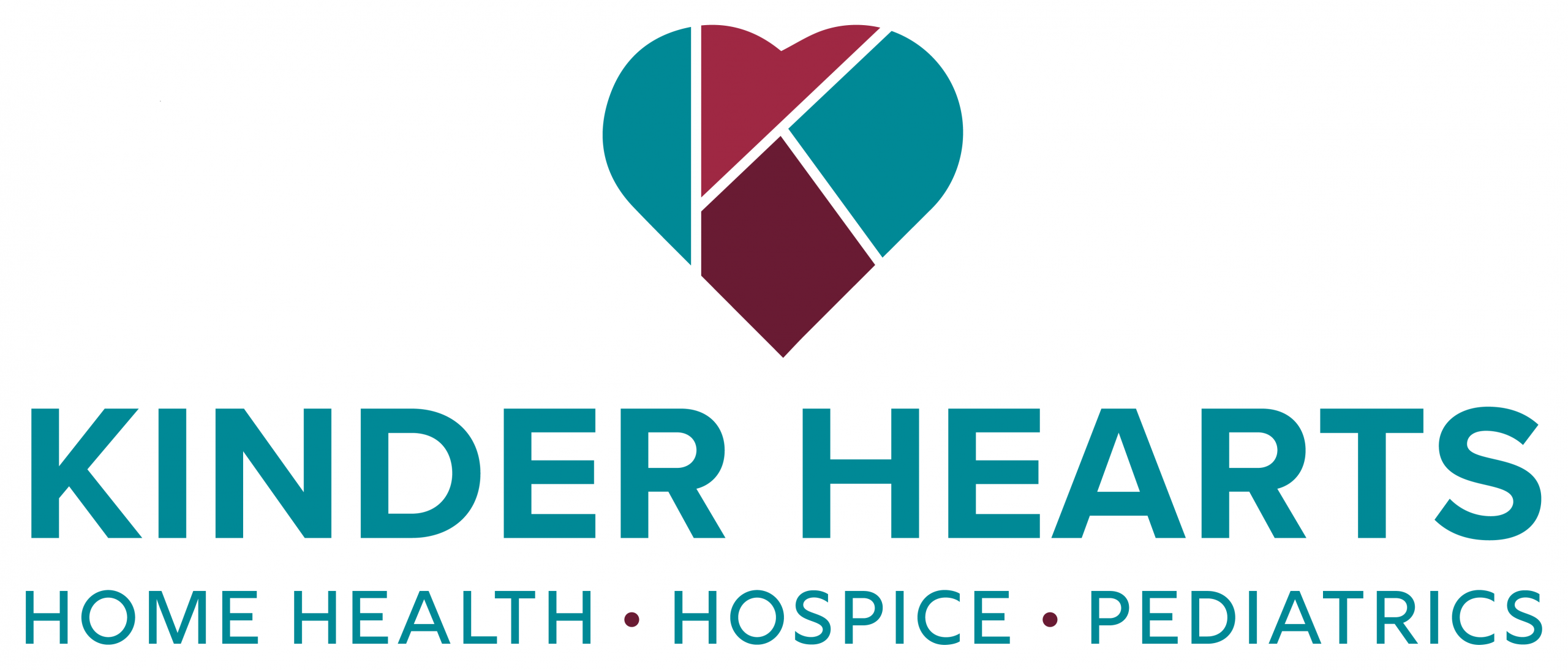











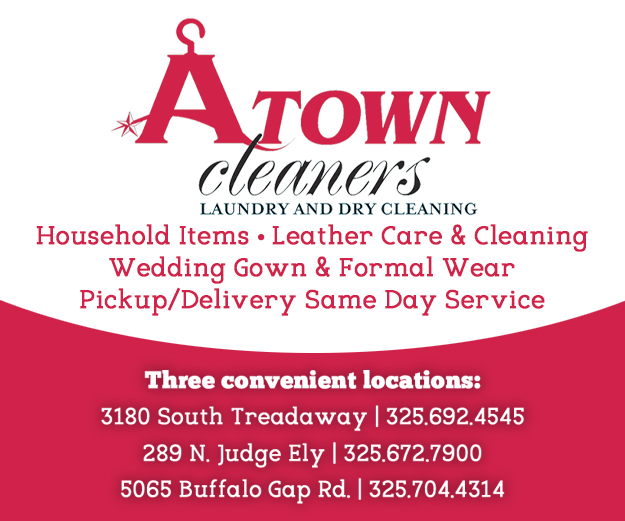
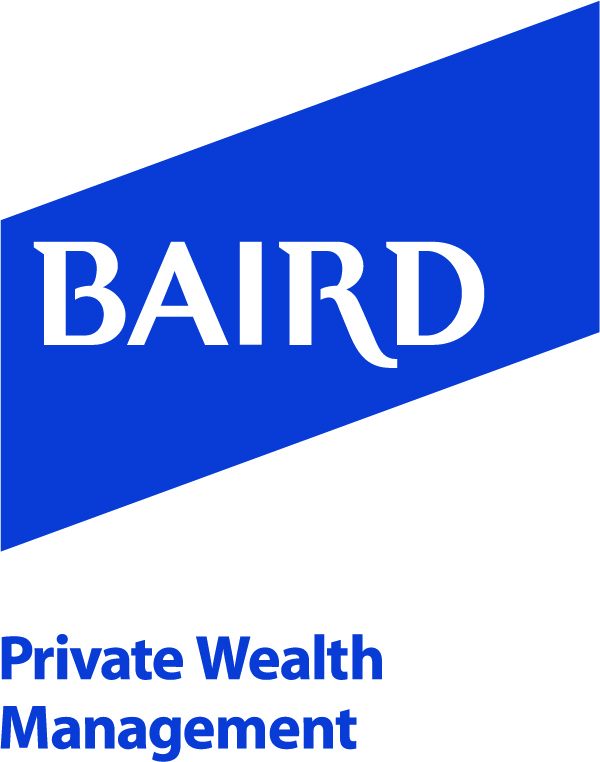
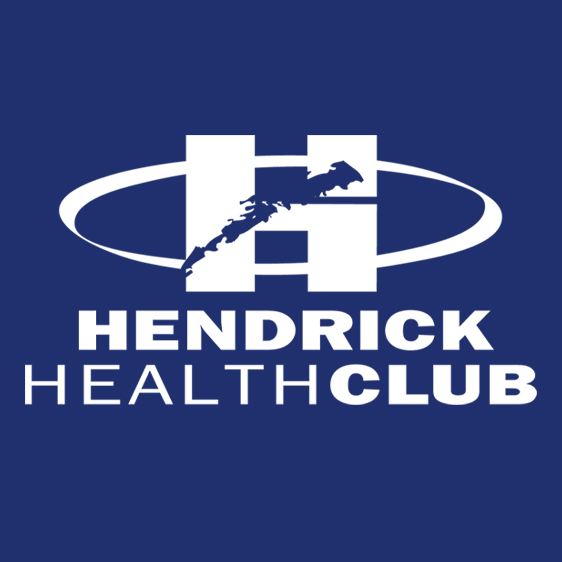
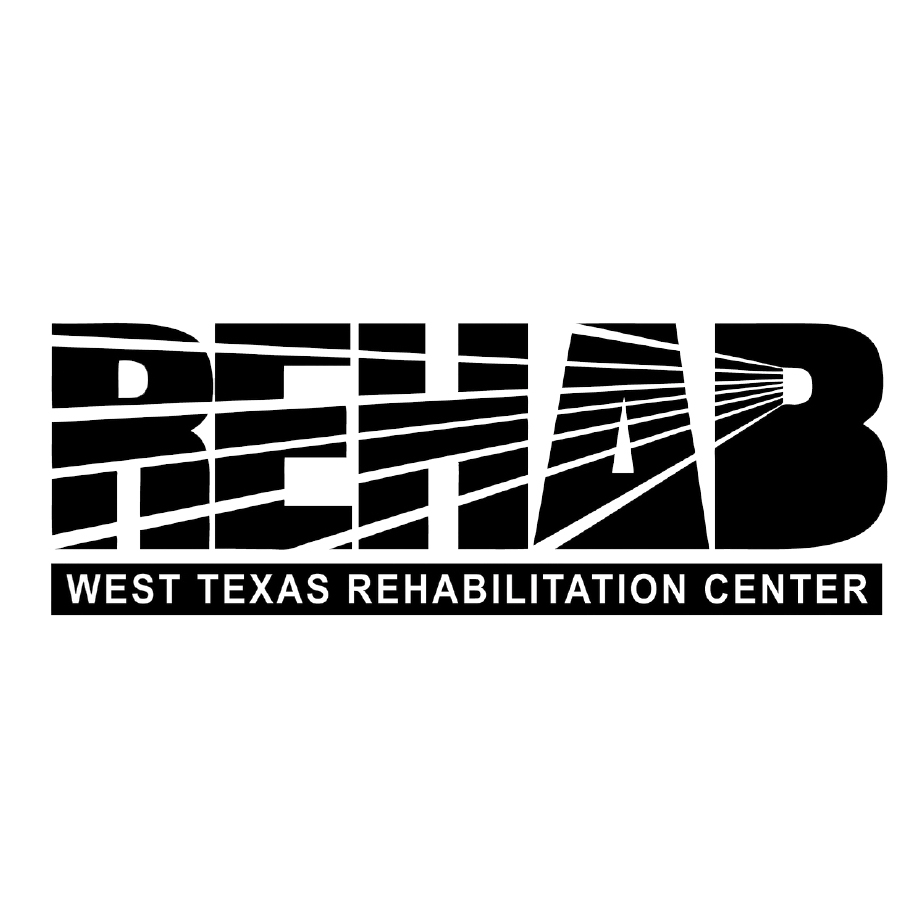

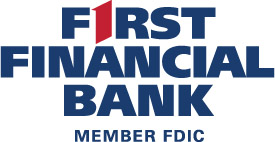

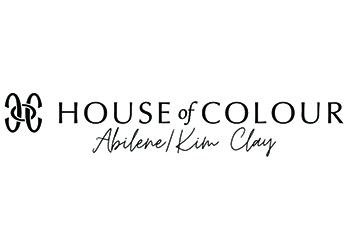







Leave a Reply